Smoky, Spicy & Perfectly Tangy: 7 Surprising Ways to Use Chipotle Adobo Paste Like a Pro!
If you're into bold flavors, smoky undertones, and that perfect kick of heat, then it’s time to fall head over heels for chipotle adobo paste. This fiery red paste made from smoked jalapeños in a tangy adobo sauce has traveled far beyond its Mexican roots to become a global kitchen staple.
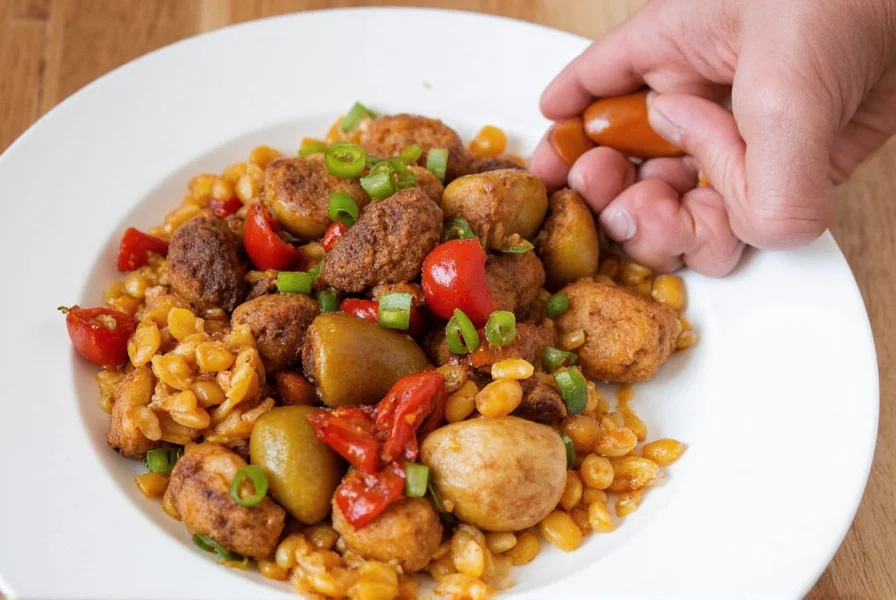
In this post, we’ll explore everything you need to know about chipotle adobo paste—from what makes it special to how you can use it creatively in your everyday cooking (yes, even in dessert!). Whether you're a seasoned chef or a weekend cook looking to spice up dinner, this guide is your ticket to flavor town.
Table of Contents
- What Exactly Is Chipotle Adobo Paste?
- Flavor Profile: Smoky, Spicy, and So Much More
- 7 Unexpected Uses for Chipotle Adobo Paste
- Buying Guide: How to Choose the Best One
- Storage Tips: Keep It Fresh Longer
- FAQs: Your Burning Questions Answered
- Conclusion
What Exactly Is Chipotle Adobo Paste?
The star ingredient here—chipotle—is simply a jalapeño pepper that's been dried through smoking. The term “adobo” refers to the rich, slightly tangy tomato-based sauce it's packed in. When blended together, you get chipotle adobo paste, a versatile condiment that adds both heat and depth to any dish.
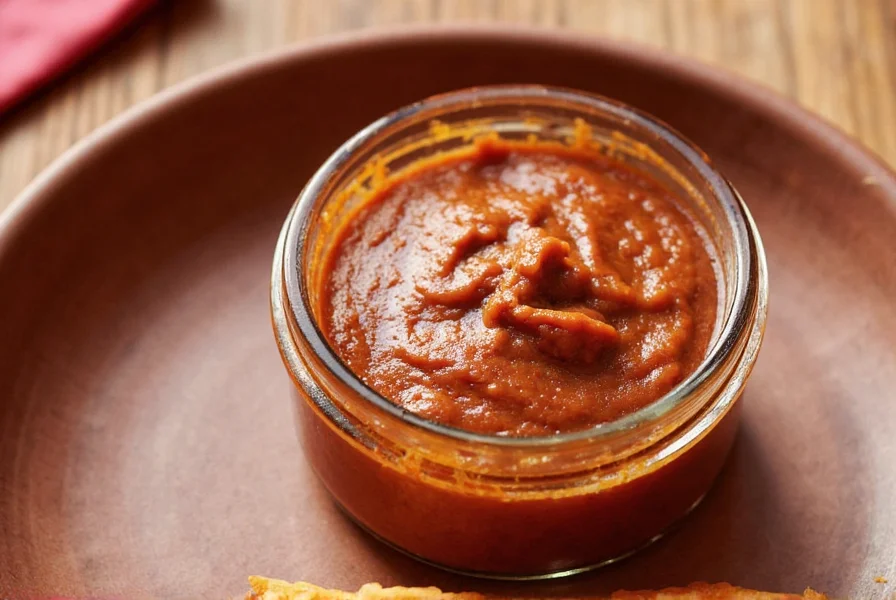
This paste originated in Mexico, especially in regions like Veracruz and Oaxaca, where it was used in stews, marinades, and salsas. Today, thanks to global trade and culinary fusion, chipotle adobo paste is found in kitchens from New York to Tokyo.
Flavor Profile: Smoky, Spicy, and So Much More
Let’s break down the magic:
| Flavor Note | Description |
|---|---|
| Heat Level | Moderate (around 2,500–8,000 SHU) |
| Smoke | Rich, campfire-like aroma |
| Tanginess | From the adobo sauce (vinegar, tomatoes, garlic) |
| Sweetness | Faint caramelized edge from slow drying |
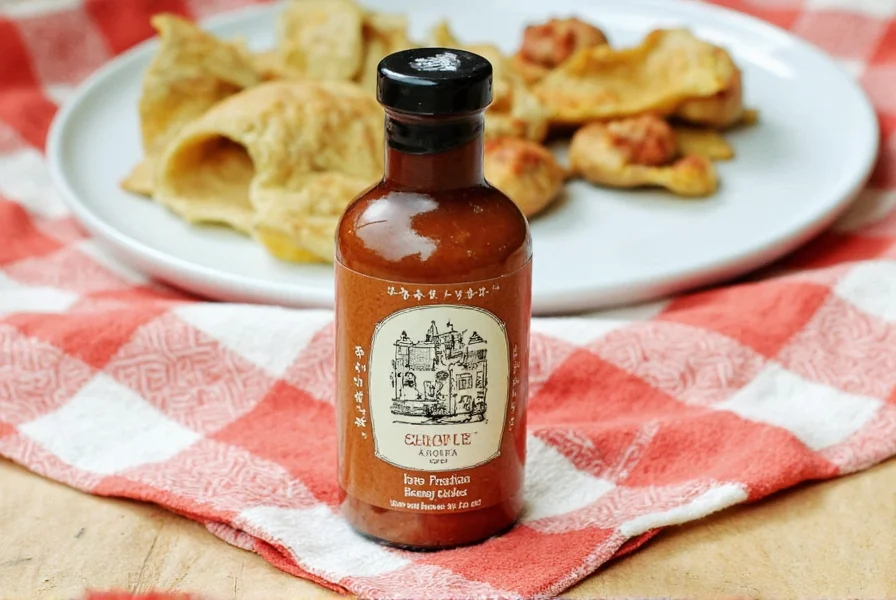
Its complexity allows it to stand alone or blend seamlessly with other ingredients. Think of it as a secret weapon in your pantry.
7 Unexpected Uses for Chipotle Adobo Paste
Here’s where things get fun! Let’s dive into creative ways to add chipotle adobo paste to your meals—not just tacos, but dishes that might surprise you.
- Spicy Mayo Magic: Mix 1 tsp of chipotle adobo paste into mayonnaise for a smoky aioli. Perfect on burgers, sandwiches, or as a dip for fries!
- Grill Marinade Marvel: Combine with olive oil, lime juice, cumin, and garlic. Rub onto chicken or shrimp before grilling. Boom—you’ve got restaurant-level flavor.
- BBQ Sauce Boost: Stir into store-bought BBQ sauce for an extra layer of smoke and spice. Great for pulled pork or grilled veggies.
- Elevated Hummus: Add a spoonful to homemade hummus. The earthy richness of chickpeas loves a little kick!
- Pizza Power-Up: Swirl into pizza sauce before adding toppings. Adds a deep, savory note to every slice.
- Chocolate-Chipotle Mousse: Yep, really! A tiny bit (¼ tsp) adds warmth to dark chocolate desserts without overpowering them. Try it in brownies too!
- Stew & Soup Enhancer: Stir into lentil soup, chili, or tomato-based stews. Gives those simmered dishes an irresistible background fire.
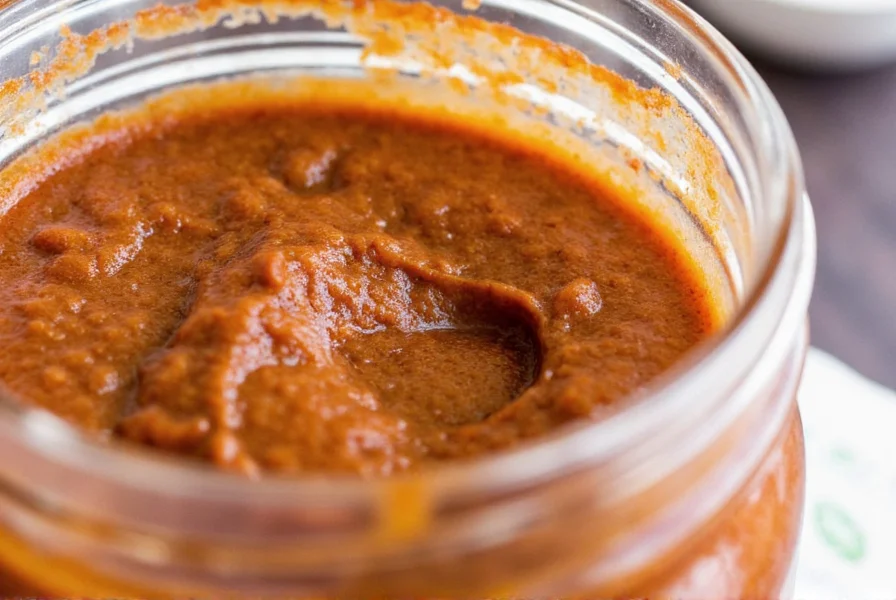
Buying Guide: How to Choose the Best Chipotle Adobo Paste
Not all chipotle pastes are created equal. Here’s what to look for when shopping—and which brands deliver maximum flavor punch.
Key Features to Look For
- Natural Ingredients: Avoid unnecessary preservatives or fillers. You should see chipotles, vinegar, tomatoes, garlic, and spices listed prominently.
- Consistency: Thick enough to spread but not rock solid. Should mix easily into other ingredients.
- Flavor Balance: Not too vinegary or overly sweet. Should taste like a balanced combination of smoke, heat, and tang.
- Brand Reputation: Stick with trusted names unless you’re feeling adventurous.
Top Picks: Comparison Table
| Brand | Texture | Flavor Notes | Best For | Price Range |
|---|---|---|---|---|
| Mex Grocer | Smooth, creamy | Balanced smoke and tang | Dips, sauces, marinades | $$ |
| La Costeña | Chunkier, rustic | More intense heat and vinegar | Hearty stews, salsas | $ |
| Goya | Thick and slightly oily | Smokey base with mild spice | Cooking oils, soups | $ |
| Hatch | Light and bright | Mild heat, more acidic | Salads, vinaigrettes | $$$ |
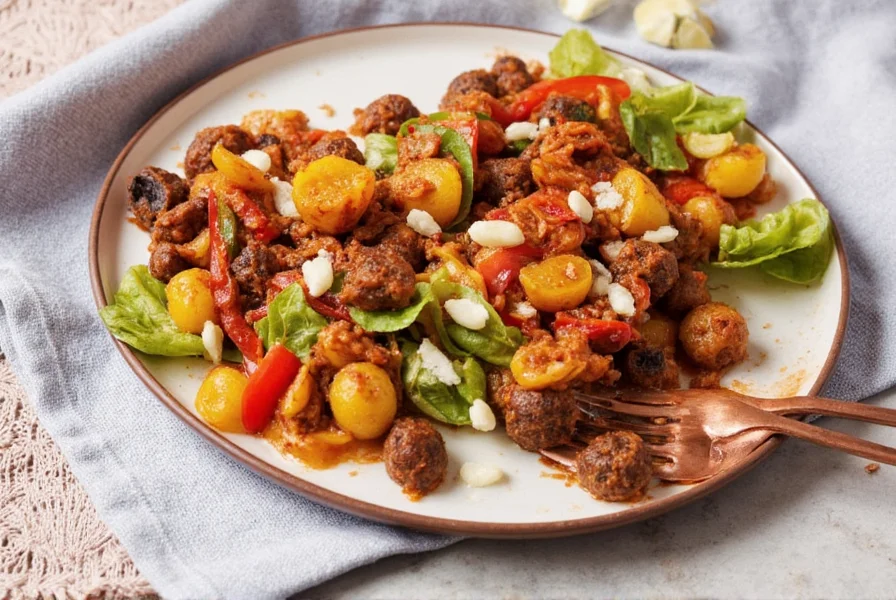
Storage Tips: Keep It Fresh Longer
Once opened, chipotle adobo paste can last in your fridge for up to three weeks if stored properly. Here’s how to maximize shelf life:
- Keep it sealed in an airtight container
- Store in the back of the fridge (cooler area)
- Freeze it in ice cube trays for long-term use
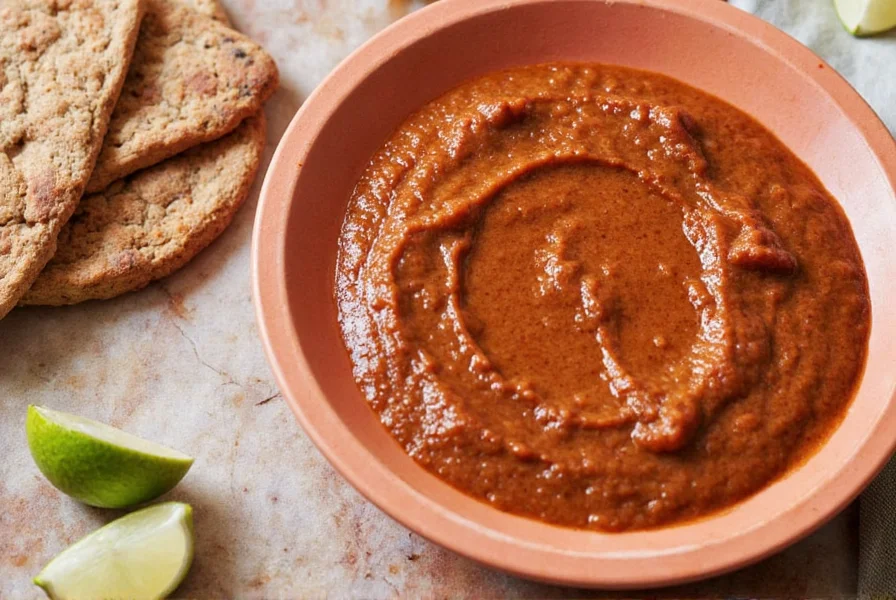
FAQs: Your Burning Questions Answered
Can I make my own chipotle adobo paste at home?
Absolutely! If you have dried chipotle chilies, adobo sauce ingredients (tomato puree, vinegar, garlic, cumin), and a blender, you can whip up your own version in minutes.
Is chipotle adobo paste gluten-free?
Most commercial brands are gluten-free, but always check the label to be safe.
How spicy is chipotle adobo paste compared to other hot sauces?
It’s moderately spicy—hotter than sriracha but milder than ghost pepper sauce. Adjust quantities based on your tolerance.
Can I substitute it in recipes?
If you don’t have it on hand, try using smoked paprika + a dash of cayenne + a splash of tomato paste. It won’t be identical, but it gets close!
Conclusion
Chipotle adobo paste isn't just another jar in your fridge—it's a passport to global flavor. From traditional Mexican dishes to modern American twists, its smoky, spicy character brings excitement to any meal. With this guide, you now have the tools to use it wisely, buy smartly, and store safely.
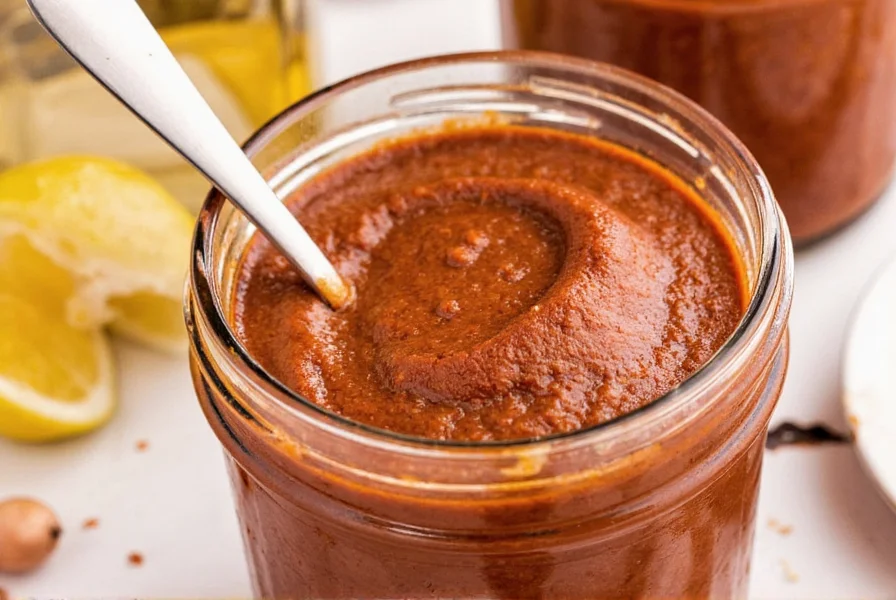
So next time you're staring at a quiet plate of food, reach for that jar and let the fire dance. Your taste buds will thank you!

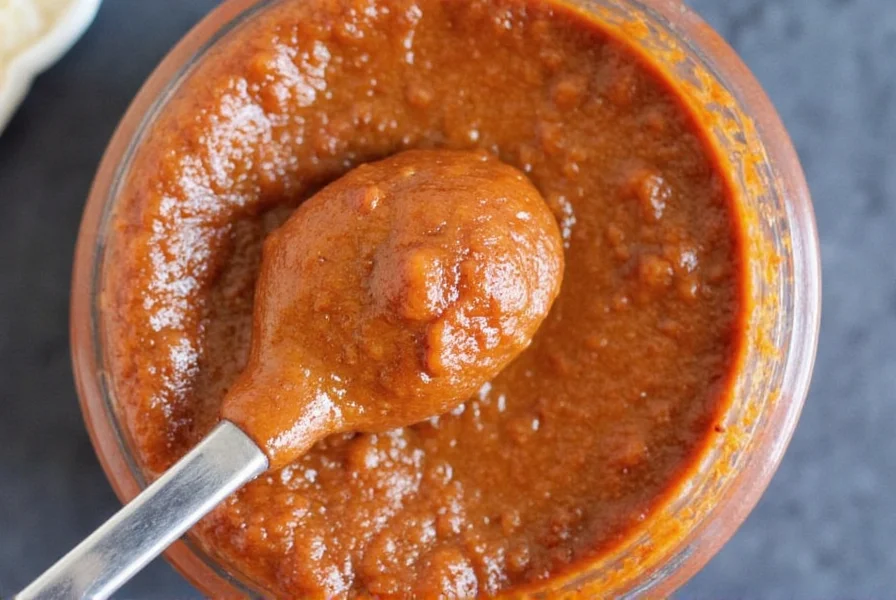









 浙公网安备
33010002000092号
浙公网安备
33010002000092号 浙B2-20120091-4
浙B2-20120091-4